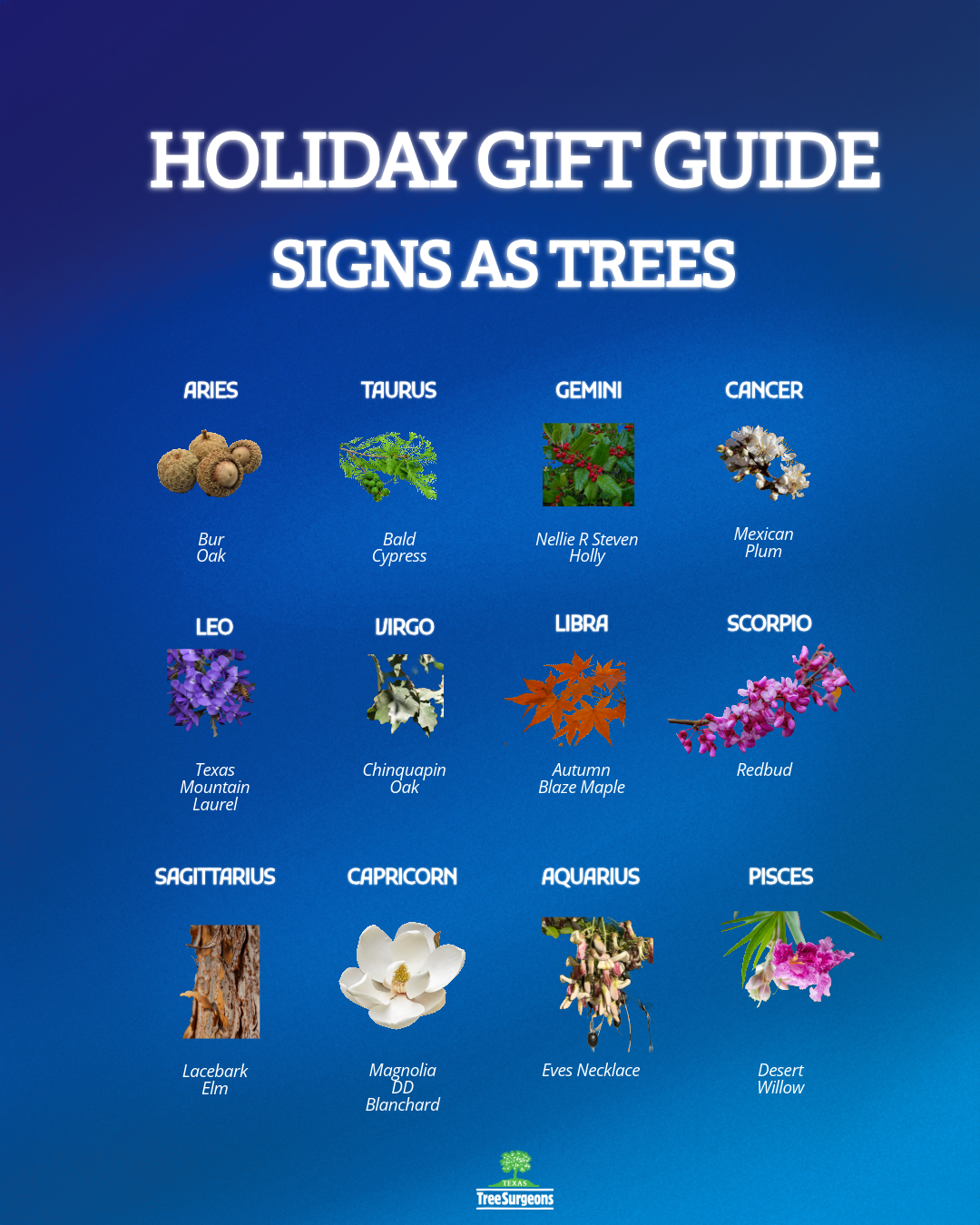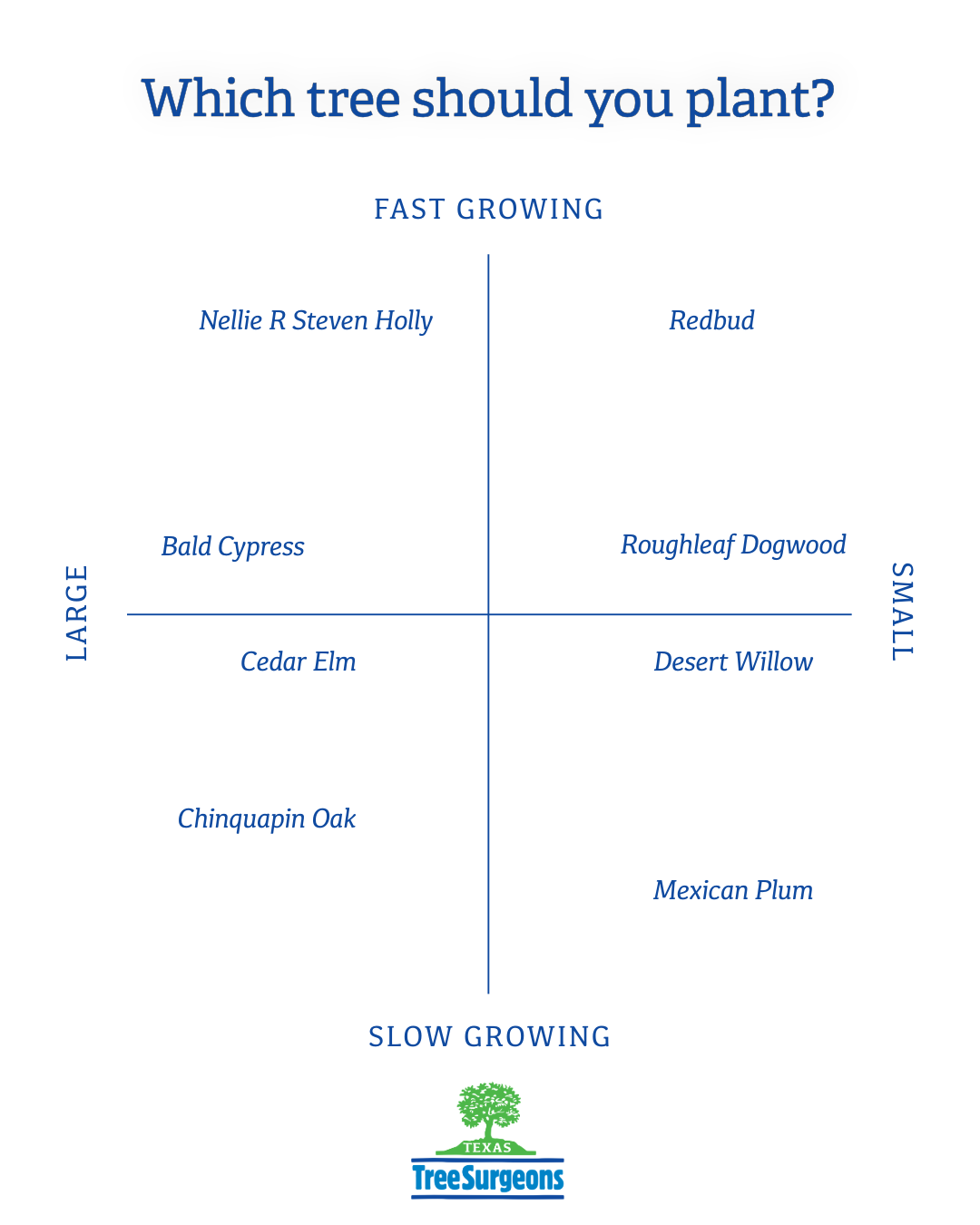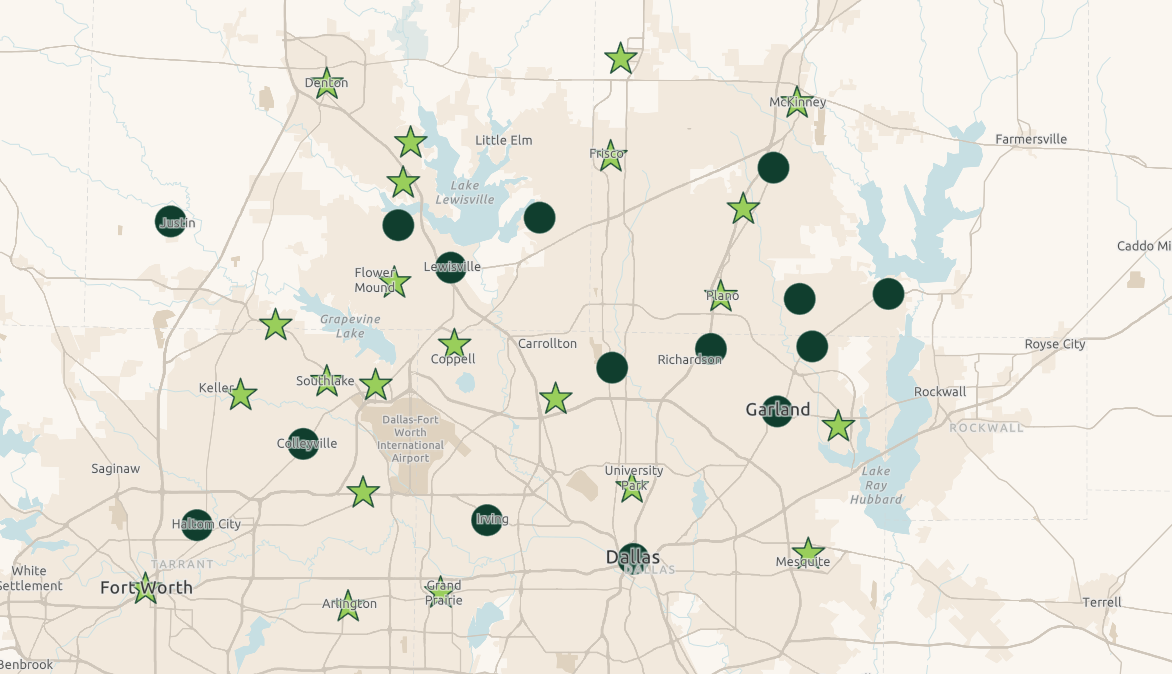Tree Planting Basics

A common mistake people make when planting a tree is to directly plant it into the ground from the container. Below are guidelines to follow to make sure you have planted your tree in the most optimal way possible.
Location
Choose the right tree for your site, and the right site for your tree!
Avoid planting tree’s close to one another and take into account potential obstacles for growth such as overhead or underground utilities that may prevent your new tree from thriving.
Once a tree has been removed you won’t be able to plant another tree in that same spot immediately, and should wait for a few years.
- Roots from previous tree impeding growth of new tree
- Soil stripped of nutrients from former tree
- Disease or insect that killed the former tree could still be present in the soil and infect the new tree
Timing
Winter and early spring are the best times to plant new trees.
When temperatures are cooler, trees are less active and can handle the stress of planting better. Planting before the growing season gives new trees an opportunity to become established before the stress of summer heat
Site Preparation
Before digging, especially if planting a larger tree, locate any underground irrigation or utility lines so that they will not be damaged. In Texas, homeowners (or their contractors) are required to contact Texas811 two business days before digging, even in their own yard.
- Remove turf grass or other ground cover before digging
- Dig the right-sized hole for the tree you are planting
- In general, the hole should be three times the diameter of the container or roots of the tree to be planted
Planting
We have two guides that will show you how to plant a tree so you can avoid common issues like; girdling roots, improper depth, over/underwatering. The following links can be found here:
Initial Care
Plan to water your new tree at least once a week in the spring, fall, and winter, and twice a week in the summer. We have to guides that can be found here:
Maintain a proper mulch radius (3″-4″ deep, two to three feet from the trunk) around your new tree, adding more mulch as needed and as the tree grows. Learn more about mulch here:
Trimming
Young trees do not need to be trimmed for several years, but may benefit from structural pruning.
Additional Resources
Texas A&M Forest Service has tree planting guidelines online. In addition the International Society of Arboriculture also offers planting tips.
At Texas Tree Surgeons, we love trees and we love our community! We hope this blog on tree planting will take the guess work out of how to plant a tree. We have additional resources on our North Texas Tree Owner’s Guide. If you would like immediate assistance with your trees please contact us today.
Related Blogs
Similar blogs related to this topic


Holiday Gift Guide, Zodiac Signs as Trees
This holiday season a gift that keeps on giving in a time of over consumption is the most ethical and thoughtful gift. It is investment in a shared future that benefits their home and the…
Read more

Which Tree Should You Plant?
Tree selection needs to include a balance of preference in style with species selection that can thrive in North Texas unique soil conditions and climate. Below are some essential questions to ask yourself to ensure…
Read more

Benefits of Becoming a Tree City USA in Texas
In recent years, many Texas communities are exploring how to achieve Tree City USA. Tree cities reap numerous advantages, ranging from environmental to social benefits, enhancing the lives of their residents. What are the perks…
Read more
